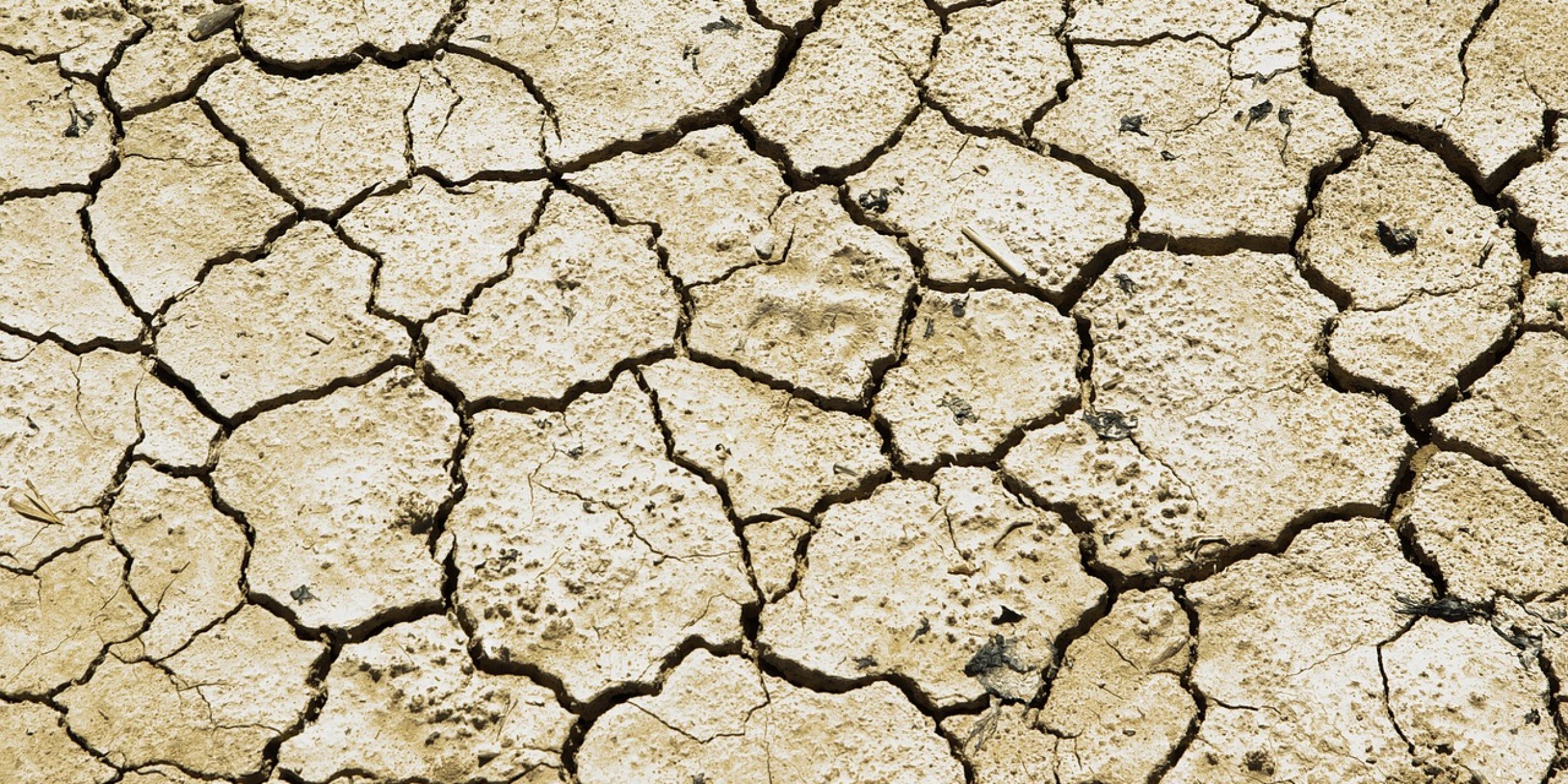Using advanced climate models, a new study in Earth’s Future found that the duration and severity of droughts are expected to increase globally from 2015 to 2100. The researchers applied a
“storyline” approach, examining trends in runoff, the timing of seasonal droughts, and the frequency of multi-year droughts under different emissions scenarios to create detailed narratives of potential future drought conditions. The results show that about one-third of the world’s land could see more frequent multi-year droughts under a low-emission scenario, while 62 percent of land area could face more frequent and severe droughts under the highest-emission scenario.
Past studies have investigated changes in individual drought features separately. The integration of multiple factors in this study provides a more comprehensive view of how climate change may affect water availability worldwide. The results highlight the critical need for proactive adaptation strategies to prevent severe water shortages and ensure sustainable water management. The study’s analysis of co-occurring changes in drought features offers valuable insights for policymakers and water resource managers.
The NOAA Climate Program Office’s Modeling, Analysis, Predictions, and Projections (MAPP) program and National Integrated Drought Information System (NIDIS) supported this work with two research grants. A 2019 grant focused on a MAPP initiative to improve climate projections using advanced modeling techniques. Through a joint MAPP and NIDIS initiative in 2020, the second grant was geared towards characterizing and anticipating complex interactions in U.S. droughts.
For more information, contact Clara Deck.



